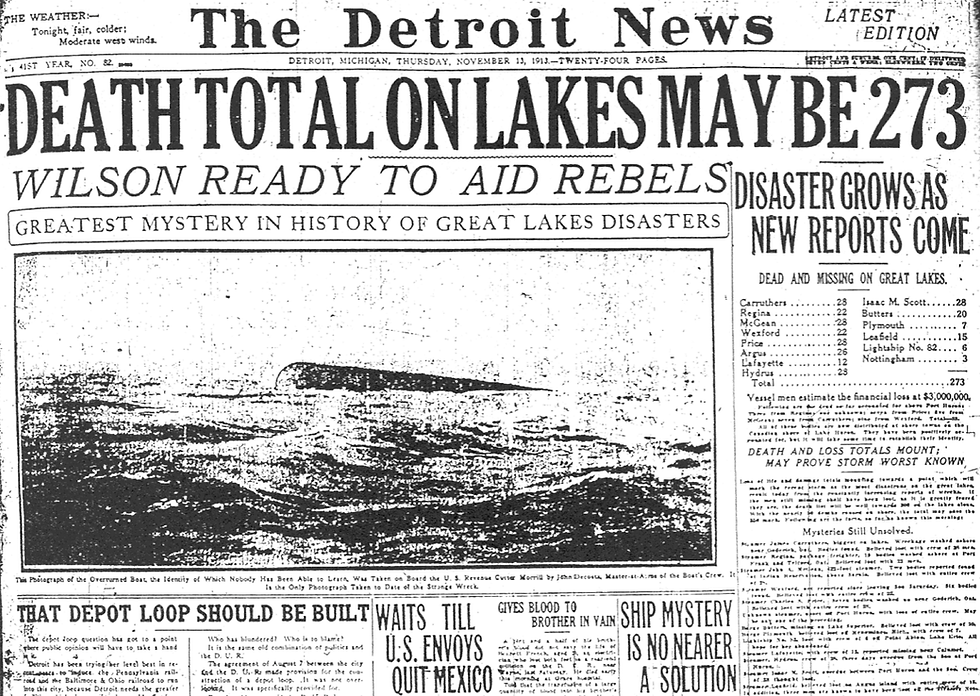Boating In Toronto Harbour - A Unique Experience with a Couple Considerations
- Dustin Woods

- Jun 8, 2022
- 5 min read
Updated: Mar 1, 2024
By: Dustin Woods

Enjoyment of some waterways require more responsibility than others
Many recreational boaters try to escape the confines of metropolitan living to enjoy their hobby amid more remote destinations, but experiencing a city from the water can be a wonderful experience. Within mere minutes, one can soak in the imposing city skyline or get immersed in the wilderness of the inner channels that snake through the islands. Along with those pleasures, however, comes an abundance of responsibility.
Toronto Harbour is one of the most controlled waterways in North America. Within its boundaries are densely populated beaches, a working port, numerous sailing and yacht clubs, ferries, and many, many water taxis. On a summer day there is a lot of activity not only on the water, but also in the air as planes and helicopters take off and land at Billy Bishop Toronto City Airport. As such, the area is home to markings and restrictions that aren’t seen or experienced anywhere else.
Many boaters aren’t aware that operating within this area requires a Powered Vessel Operator’s Permit in addition to the Pleasure Craft Operator Card acquired in accordance with Transport Canada regulations. It’s the only place in the country where such a permit is required, but not having one could land you in hot water, so to speak. The Toronto Police Services Marine Unit actively patrols the area and are always on the lookout for illegal and dangerous behaviour.
Master Instructor for Boaterskills.ca, Craig Hamilton, witnesses many of these infractions. “There seems to be a misconception by watercraft operators that you can go as fast as you want and disregard the navigation aids within the area,” says Hamilton. “It is quite obvious that many are operating without the harbour permit since they aren’t abiding by the regulations.”
Then there’s the not so insignificant matter of boaters being under the influence, something else Hamilton sees evidence of, much to his dismay. “You would never see someone behind the wheel of their car on a busy highway drinking a beer, and yet it is a common occurrence out on the water.”
Harbour Limits
It may be intuitive to assume that the Toronto Harbour refers to just the inner harbour sheltered by the Toronto Islands between the Western Channel and East Gap. In fact, the entire area is two miles long and one mile wide, ranging south of the islands from West Humber Bay to the Eastern Beaches. The southern perimeter is measured one mile south of Mimico Creek, Gibraltar Point, and Victoria Park.

The Toronto Harbour chart is #2085 – it also can be found digitally online or in the app store of your smartphone. This article is by no means a replacement for the course or obtaining a permit, but rather a brief overview of some of the unique attributes and restrictions of this area.
Slow Down

Of all the restrictions imposed on this area, the most common violation Hamilton sees is speed. There are three speed zones within this area: No Wake (dead slow); 5 knots (within 150 metres of shorelines and walls); and 10 knots (beyond 150 metres from shore). Exceeding these limits doesn’t just cause safety and navigation challenges for other boaters, it also creates damaging wakes for ecological areas that are already experiencing heavy erosion.
Markers
In addition to hazard buoys marking rocks or shoals, there are a number of special markers boaters may not have seen anywhere else, such as the white buoys around the airport. These serve as aviation aids and to keep watercraft out from where they may distract a pilot, or come in contact with an aircraft. Breaking this particular rule can carry upwards of a $10,000 fine and potential jail time. Messing about in the vicinity of an airport is a federal offence and not to be taken lightly.

There are signs and markings prohibiting the use of anchors and powered vessels of any kind in areas designated for swimmers. Just outside the mouth of the Ontario Place marina, there is a split red and green buoy marking the channel which throws many boaters off. If you haven’t seen one before, it should be treated based on its main colour.
Right-of-Way

Beyond the usual rules of giving the right-of-way to sailboats, special preference should be given to commercial ships coming in and out of the port, as they aren’t afforded the same level of agility as a smaller pleasure craft. Float planes should also be given the right-of-way as they are committed to a specific flight path which they cannot deviate from. This also goes for the ferry travelling to and from Billy Bishop airport. Causing the ferry to change its course will not bode well for your enjoyment of the day as it carries with it a heavy fine and lots of paperwork.
Boating Essentials
The driver of the vessel should have a current driver’s license, Pleasure Craft Operator Card (PCOC) and Powered Vessel Operator’s Permit (PVOP) on hand. At the bare minimum, your boat should also have the following items:
a heaving line (or ring)
a waterproof flashlight (with working batteries)
a paddle
a sound signaling device
navigation lights
a compass
a passive radar reflector
enough personal floatation devices (PFDs) for all occupants on board
Permit Protocol
Powered Vessel Operator’s Permits require a written (multiple choice) and practical test within 30 days of getting a Temporary Permit. Tests are conducted at the permit office by appointment only from early May through September from 8 a.m. to 5 p.m. The permit can be acquired through the Toronto Port Authority for a cost of $30.00, but Boaterskills.ca also offers a Toronto Harbour Permit Course that is recognized by the Toronto Port Authority.
The course consists of classroom (or online due to COVID-19) instruction and examination portions, followed by a quick practical test to ensure boating and docking proficiency. The whole thing takes about three hours and is worth every penny as it offers detailed information on the area as well as a refresher on safe powerboating practices. For that reason, it’s truly a powered vessel permit as it doesn’t apply to kayaks, canoes, or stand-up paddleboards (SUP).
Powered Vessel Operator’s Permits are granted to persons 14 years of age and older for a one or two year duration who have a PCOC and have completed the necessary requirements.
Respect for your watercraft and the safety of its occupants, as well as to fellow boaters, should be a priority on any body of water, but the additional elements found within the boundaries of the Toronto Harbour require further consideration.
You might also like: Urban Boating - Living on a Boat in Toronto Harbour


























Comments